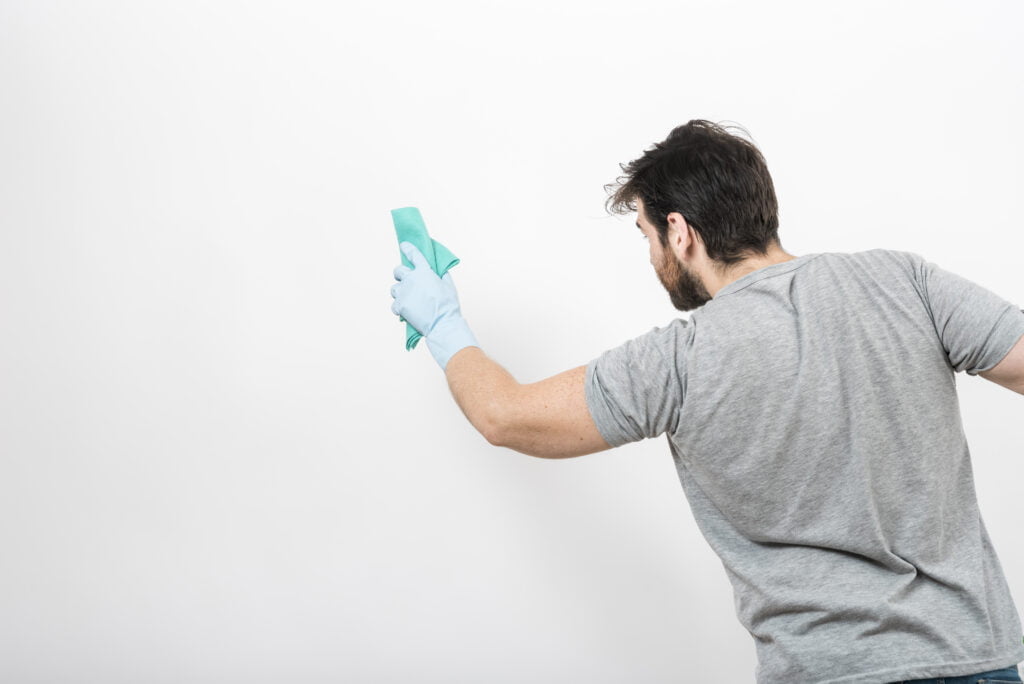Welcome to our ultimate guide on house painting – your go-to resource for transforming your living space into a masterpiece! Whether you’re a seasoned DIY enthusiast or a first-time homeowner, this comprehensive guide will walk you through the entire house painting process, ensuring a flawless finish that stands the test of time.
Chapter 1: Planning and Preparation

1.1 Assessing the Scope
Before diving into your house painting project, take the time to assess the scope of work. Identify the areas that require painting, consider the type of surfaces, and determine if any repairs or preparations are needed.
1.2 Choosing the Right Colors
Selecting the perfect color scheme is crucial. Explore trending color palettes, consider the architectural style of your home, and take into account your personal preferences. Don’t forget to test a few samples on a small section before committing to a color.
1.3 Gathering Supplies
Compile a comprehensive list of supplies, including paint, brushes, rollers, painter’s tape, drop cloths, and any necessary repair materials. High-quality tools and paints ensure a smoother application and a longer-lasting finish.
Chapter 2: Surface Preparation

2.1 Cleaning and Sanding
Clean surfaces thoroughly to remove dirt, dust, and grease. Sanding is essential for creating a smooth, even surface, allowing the paint to adhere properly.
2.2 Repairing Imperfections
Address any cracks, holes, or dents in the walls. Use spackle or putty to fill imperfections, and sand again for a seamless result.
2.3 Primer Application
Priming is a crucial step for better paint adhesion and durability. Choose a primer that suits your surface type and allows your paint to shine.
Chapter 3: Painting Techniques

3.1 Brushing and Rolling
Mastering brushing and rolling techniques is key to achieving a professional-looking finish. Learn the proper strokes and ensure even coverage throughout.
3.2 Choosing the Right Paint
Selecting the right type of paint is essential for long-lasting results. Consider the finish (matte, satin, semi-gloss, or gloss) and the type of paint suitable for each surface.
3.3 Layering for Depth
Achieve depth and richness in your paint job by applying multiple coats. Allow sufficient drying time between each layer for the best results.
Chapter 4: Clean-Up and Final Touches

4.1 Proper Clean-Up
Cleaning up is just as important as the painting process. Dispose of paint cans responsibly, clean your brushes and rollers thoroughly, and remove painter’s tape carefully to avoid damage.
4.2 Final Inspections
Once the paint has dried completely, conduct a final inspection. Check for any touch-ups needed, admire your work, and revel in the transformation of your living space.
Conclusion:
Congratulations on completing the full house painting process! By following this comprehensive guide, you’ve not only added a fresh coat of paint to your home but also increased its aesthetic appeal and value. Embrace the newfound vibrancy and enjoy your revitalized living space for years to come.
Remember, a well-executed house painting project requires patience, attention to detail, and the right tools. Now, sit back, relax, and relish the beauty of your newly painted home!
